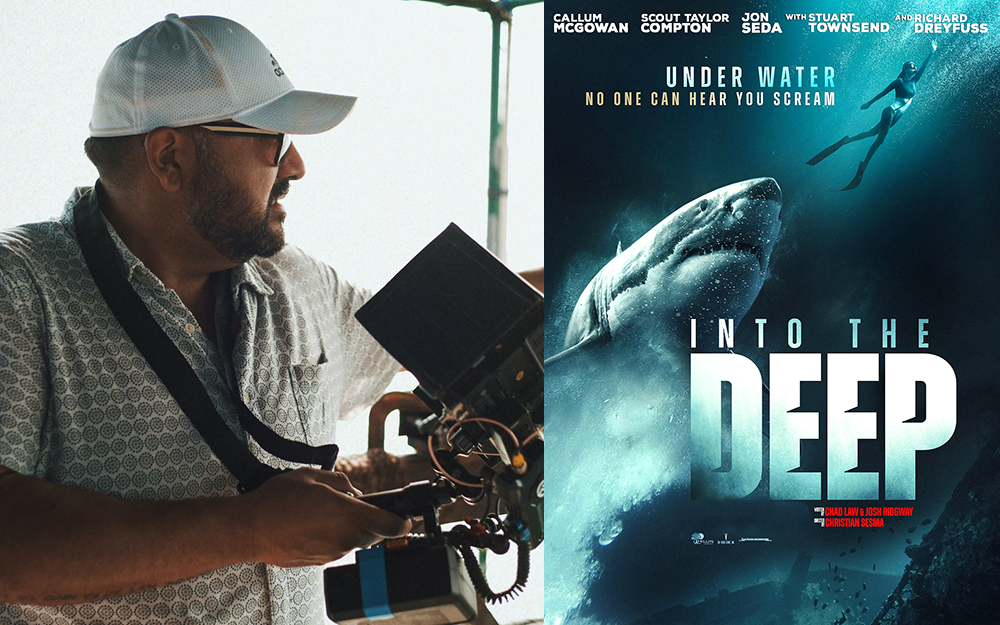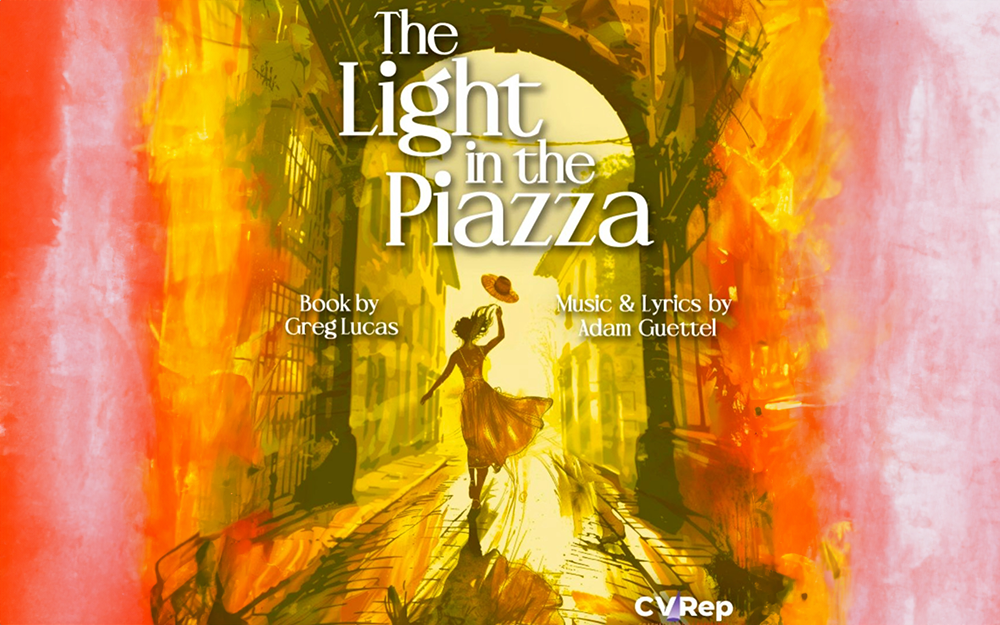
By Heidi Simmons
—–
“How About Never. Is Never Good For You?”
By Bob Mankoff
Memoir
—–
What makes something funny? In Bob Mankoff’s memoir, How About Never. Is Never Good For You? My Life in Cartoons (Henry Holt and Co, 304 pages), humor is always an idea worth exploring.
The New Yorker magazine is world famous for its cartoons – oh, and it has great articles too. Mankoff is the magazine’s cartoon editor and has been since 1997. He is not only editor, but is also a contributor. His first New Yorker cartoon was published in 1977. Since then, Mankoff has had 950 cartoons published in the magazine.
The New Yorker began in 1923 and soon after added cartoons. There are now 80,000 cartoons in The New Yorker database, which Mankoff started and oversees.
The title, How About Never. Is Never Good For You?, comes from Mankoff’s most popular New Yorker cartoon where a businessman is speaking on the phone scheduling an appointment. The phrase has entered our culture’s vernacular.
As with most memoirs, Mankoff begins by briefly sharing his early life growing up as an only child in the Bronx. He was born while his father served overseas. Coming from a Jewish family, his mother was doting and his father was a good businessman. This is where his sense of humor began. Enjoying vacations in the Catskills, Mankoff learned that most comedians were Jewish. His mom actually suggested he change his name and get a nose job if he wanted to be famous.
As a kid, Mankoff found an advertisement that taught drawing; he thought he could do that and began to draw cartoons. He went to an art and music high school in New York. Mankoff discovered using humor gave him power and made him popular. He studied psychology in college and intended to earn a doctorate. But instead, decided to drop out mid-doctoral program and become a fulltime cartoonist.
Committed to his craft, Mankoff was determined to sell a cartoon to The New Yorker. In the process, he honed his art skills and studied every cartoon published in the magazine. Cartoonist Saul Steinberg appealed to his rational side, while James Thurber appealed to his whimsicality. Mankoff developed a distinctive pointillist style. When he finally sold a cartoon, he was hooked. He did so well that after ten years of successful submissions to The New Yorker, the magazine put him on staff.
This is where the memoir gets really fun. Mankoff breaks down the components and nuances of what goes into making a great New Yorker cartoon. He shares his five rules for cartoon construction, giving examples, illustrations and first person accounts from other professional cartoonists. He discusses what makes a cartoon funny and the different types of funny. He includes a graph that shows the incongruities that cartoonists use stretching from reality–based humor to nonsense.
Mankoff honestly shares with readers what it takes to be a professional cartoonist and the process of getting your work into the magazine. He is prohibited from disclosing what The New Yorker pays, but says it pays well. However, he does say that his first cartoon sold for $300 in 1977, adding that the equivalent today would be $1,500.
The New Yorker essentially leases the cartoons for a fee allowing cartoonists to maintain ownership. In The New Yorker contract with cartoonists, there is no mention of the word cartoon. Instead, cartoons are referred to as “idea drawings.” Cartoonists submit at least ten cartoons a week for consideration.
If you are one of those who like to participate in the weekly New Yorker cartoon caption contest, Mankoff gives you tips and your odds. Do it often, he says, because the more you do it, the better you get at it. He also reveals the process by which the winners are selected from over 5,000 plus weekly submissions.
Every Tuesday, Mankoff has an open submission day where cartoonists can meet and show him their work. As enticing as this sounds to make an appointment the next time you are in New York, it is not open to just anyone — only professional cartoonists. Mankoff is now mentoring a new generation of cartoonists.
As a cartoonist, Mankoff wanted to expand the prospects for cartoonists. With the onset of the computer age, Mankoff came up with a business whereby cartoonists could include work to be viewed, leased or purchased. The Cartoon Bank became an online resource for anyone wanting a cartoon. This in turn benefitted the cartoonists financially. The business became a success and was later bought by The New Yorker publisher Condé Nast.
I enjoyed reading the book and loved getting a better understanding of how The New Yorker cartoons are chosen and why. There are cartoons, illustrations (and chuckles) on almost every page making his point. I especially appreciate how Mankoff attempts to break down humor and explain what makes a New Yorker cartoon funny. They are indeed a special breed.
Mankoff also addresses the cartoons that seem impossible to figure out and shares how some “liberal minded, socially aware, empathetic citizens” can sometimes misinterpret the simple meaning of a cartoon.
Although there is not much said about his adult personal life outside his work, it seems clear that his identity is wrapped-up in the work he loves.
Mankoff participated in this year’s Rancho Mirage Writers Festival. He was charming and hilarious. He spoke for nearly an hour energized and excited to share his story and the art and craft of cartooning. “Being funny is like being awake,” said Mankoff. “I like being alive.”










































